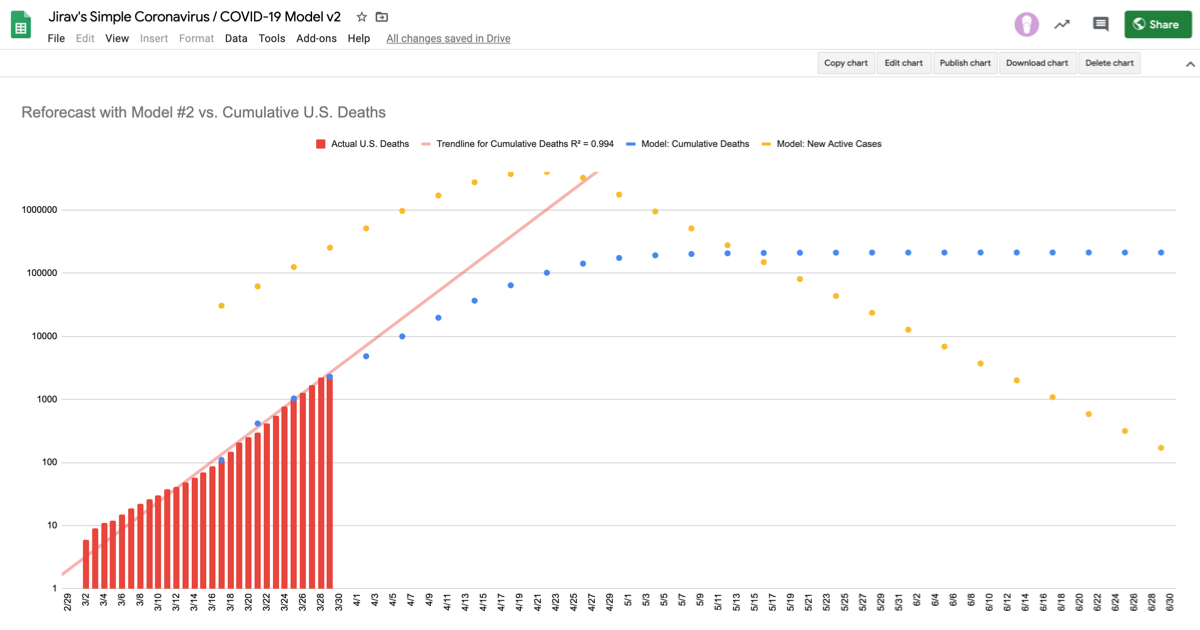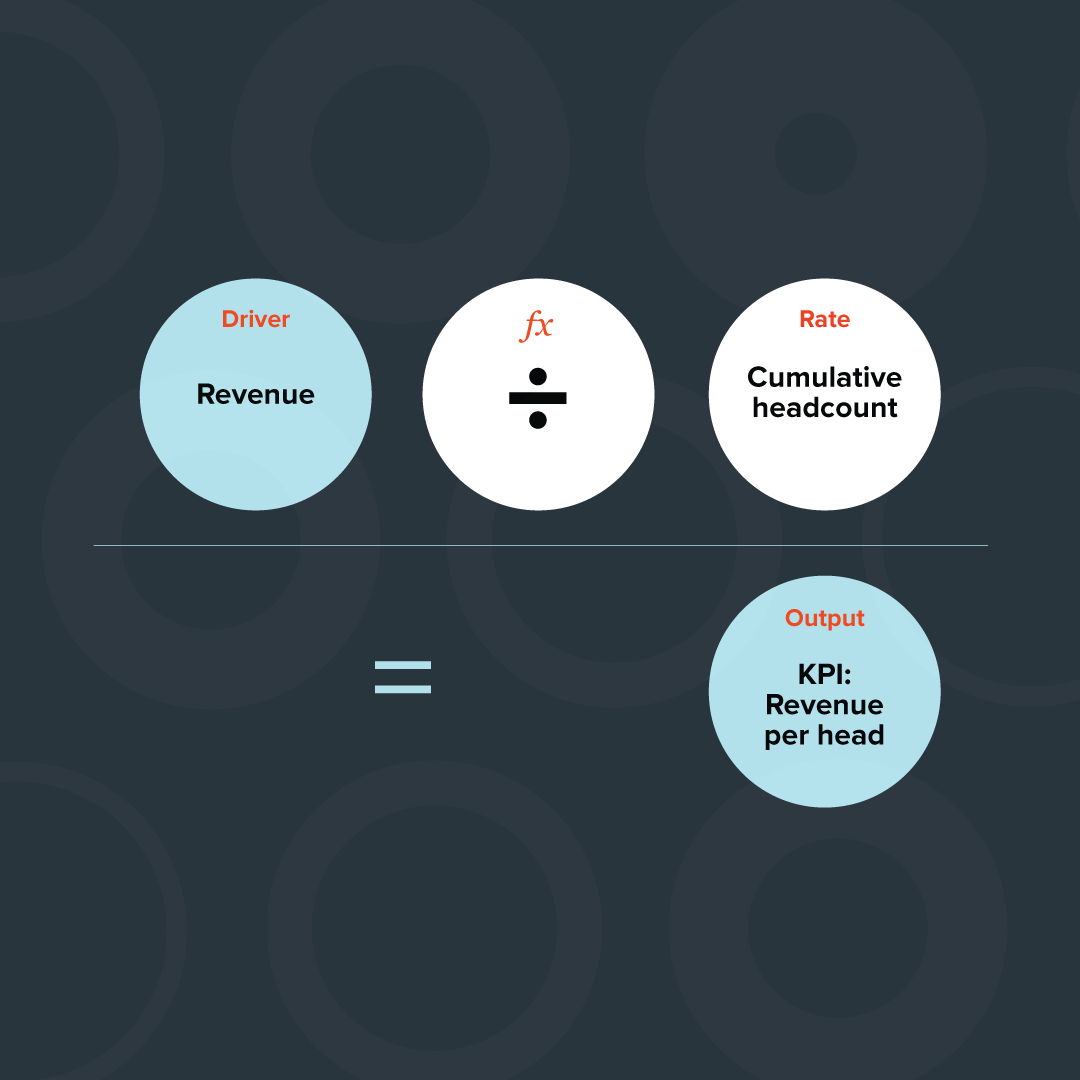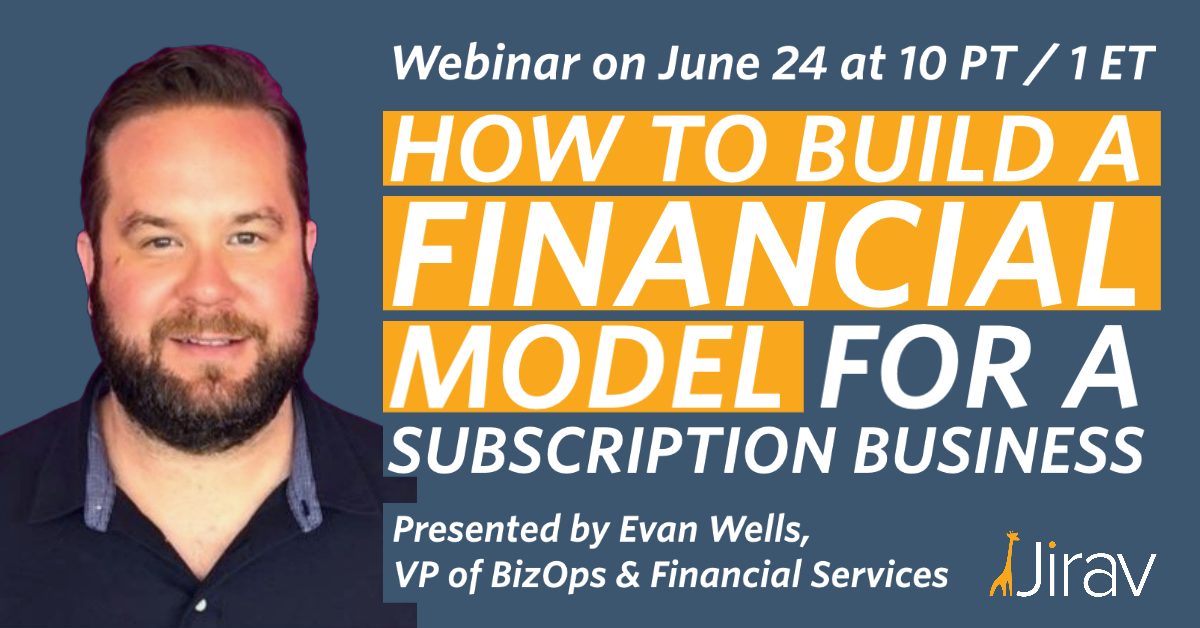Entrepreneurs start businesses for lots of different reasons. However, there’s one thing they all have in common — none of them starts their business expecting it to fail. And yet about 50% of businesses fail in the first five years and only 30% make it 10 years or more.
There are many reasons why businesses don’t make it. Investopedia highlights the following:
- failure to investigate the market,
- poor business plan,
- too little financing,
- bad marketing,
- being too rigid, and
- expanding too fast.
While there’s no substitute to doing proper up-front research, the other problems listed—bad marketing, poor business plan, rigidity, expanding too quickly, and not having a revenue model—are solvable when you take the time to create a driver-based financial model.
Why do you need a financial model?
Financial modeling is the foundation of proper business planning. It’s the basis for accurate budgets and forecasts that allow you to see how your business is doing month-to-month compared to what you’d planned for.
A financial model ties together all the important numbers in your business. Without a model, you might miss important relationships between those numbers.
For example, you might pour hundreds of thousands of dollars every month into marketing and watch excitedly as revenue skyrockets, but perhaps you’re not acquiring customers at a price that makes sense for the business in the long-term. Take a look at a handful of food delivery startups that have gone belly-up in the last few years: Munchery, Sprig, Maple, and Josephine, They acquired tons of customers but weren’t able to make a profit in the long-term. Perhaps they weren’t paying attention to the right numbers.
Without a financial model, you might make gut-level decisions to expand to new markets without actually understanding how much cash you might burn doing so. Consider Crumbs Bake Shop. They opened up in dozens of markets with a huge retail footprint. But they failed to grasp that cupcakes are an occasional treat, not something people buy every day, and soon thereafter shut down completely. It could be that a financial model would have exposed the flaw in the business plan before investing all that capital.
You get the picture. Now, what are the steps you need to take to actually build that model?
5 key steps to building your financial model
1. Define SMART business goals
“Growth” is not a smart goal. “Increase revenue” is not a smart goal. To be a SMART goal a goal has to be Specific, Measurable, Achievable, Realistic, and Timely.
To define SMART goals for a business, ask the following questions:
- In what clearly defined way will we grow the business?
- How will we measure that growth?
- Is it achievable and realistic with the resources available?
- What is our time frame for achieving it?
Here’s an example of a SMART goal:
Grow revenue by 20% by the end of 2020.
This goal is the foundation for building your financial model.
2. Define key business drivers: What will get you to that goal?
What needs to happen to achieve your goal? If you’re an e-commerce company, you make money when you ship orders to customers who have purchased goods on your website. So, to increase revenue, you need more customers, more orders, or you need to charge more per order.
By building a driver-based forecasting model, you can see all the levers at work—spending more on marketing to get new customers vs. getting existing customers to purchase more products vs. increasing prices—and test what combination of them will get you to your goal.
3. Question your assumptions
Just because something happened one way in the past, there’s no guarantee that it will continue to work the same way as your business grows. This is why it’s critical to understand—and have the ability to adjust—your assumptions based on what you’re actually seeing play out in the market. From the example above, you decide to test the impact of bringing more customers to your website to purchase a product, so you make the following assumption:
As my ad spend increases 2X, my cost per lead will stay the same.
This might have been true when you increased ad spend from $1,000/month to $2,000 a month, but will it hold true when you increase to $20,000 a month? What if instead, your cost per lead increases 1.5X? Suddenly your profits take a nosedive because your acquisition costs have increased.
To reduce risk of an inaccurate forecast, question your assumptions and test multiple scenarios for the most critical ones.
4. Goal + drivers + assumptions = financial model
Driver-based modeling pulls your goals, drivers, and assumptions into one place so you can see what impacts what and most importantly, start making changes and seeing the impact in real-time on your financial forecast.
When you see that your initial assumptions aren’t playing out, you can adjust the model to see whether the reforecasted financials will affect your year-end goal. And… oh no! It looks like you won’t achieve the goal because your cost per lead increased as you ramped up advertising.
So, now you need to try another strategy. Maybe this time you’ll focus on getting existing customers to buy more frequently.
5. Update the model and reforecast at regular intervals
If you never checked in on your financial model to see how you were actually performing against your goals, as in the example above, then you would never know you needed to switch gears.
Creating a financial model is a waste of time if you don’t update it regularly. There’s no way you’ll get everything right on the first try, so it’s essential to compare your initial forecast against your actuals. Then, since the numbers almost certainly won’t line up, modify your assumptions and drivers to match what happened. Then reforecast your financial performance through the rest of the year.
The companies doing this kind of regular evaluation on a quarterly basis—or even better, monthly—are ahead of the pack.
Don’t be the business that gets too busy for regular check-ins! A financial model allows you to monitor if your assumptions are holding true, if your business is actually growing as expected, or if other factors you may not have even considered are impacting growth.
A common reason why business owners fail to develop a realistic financial model is the complexity of doing this in Excel, especially when it comes to comparing your forecast to actuals. It’s difficult and time consuming with spreadsheets, and errors inevitably creep into models, resulting in inaccurate projections.
Fortunately, we’ve built powerful yet affordable financial modeling software that can do the heavy lifting for you. Get started today building an easy, fast financial model for your business with Jirav.












